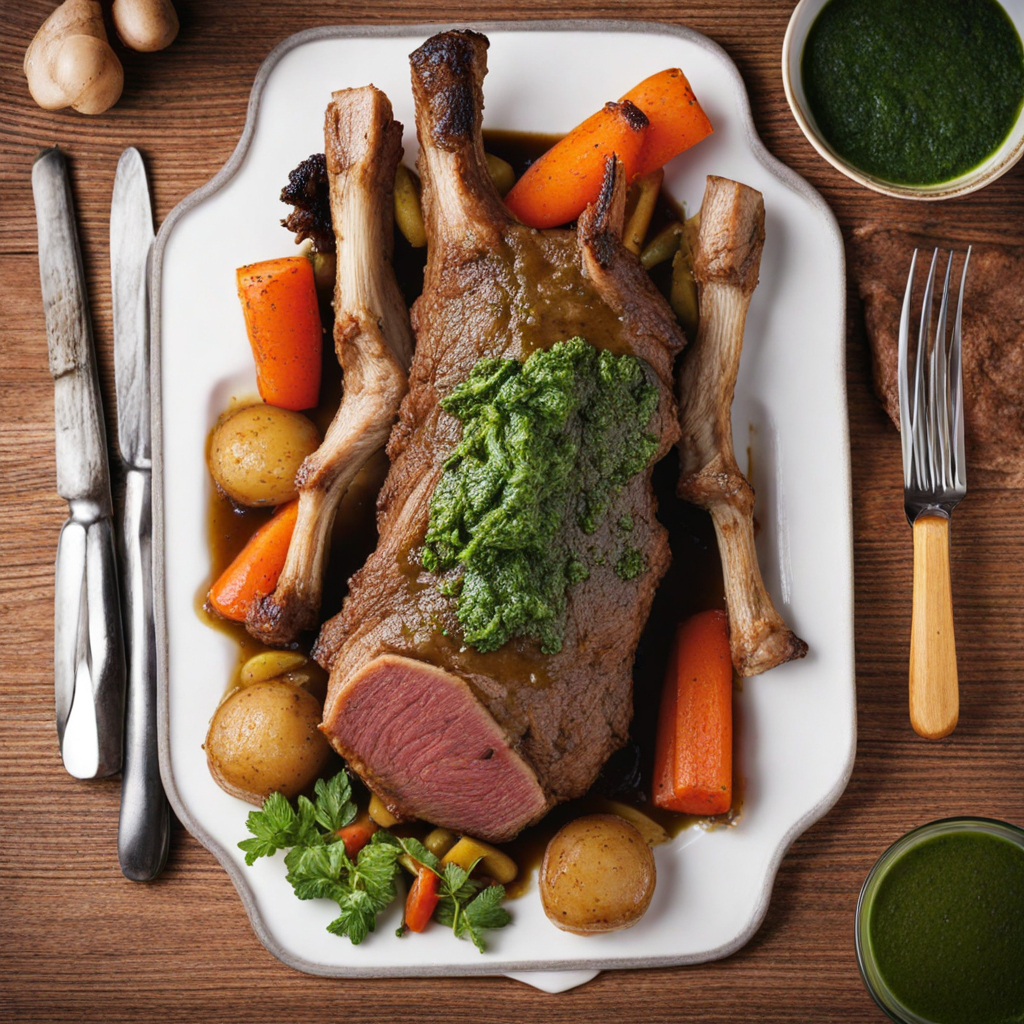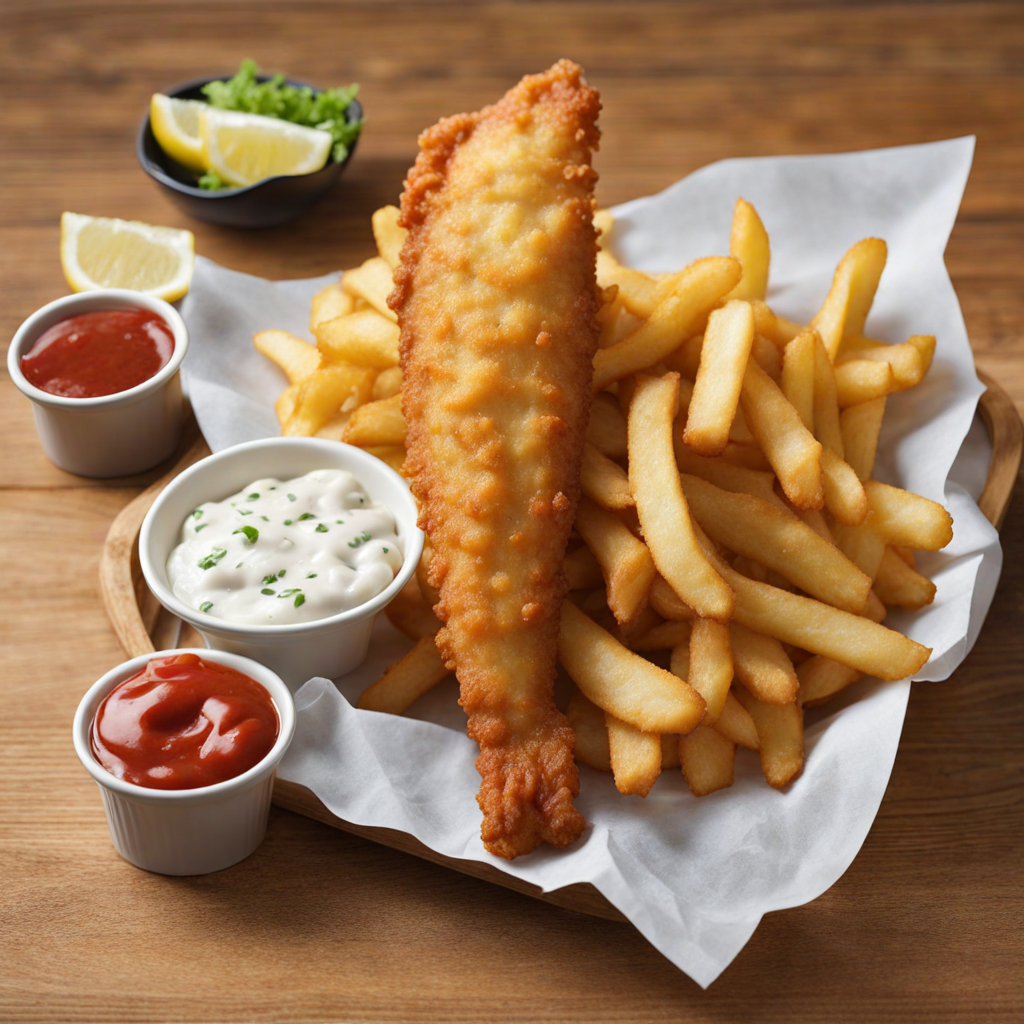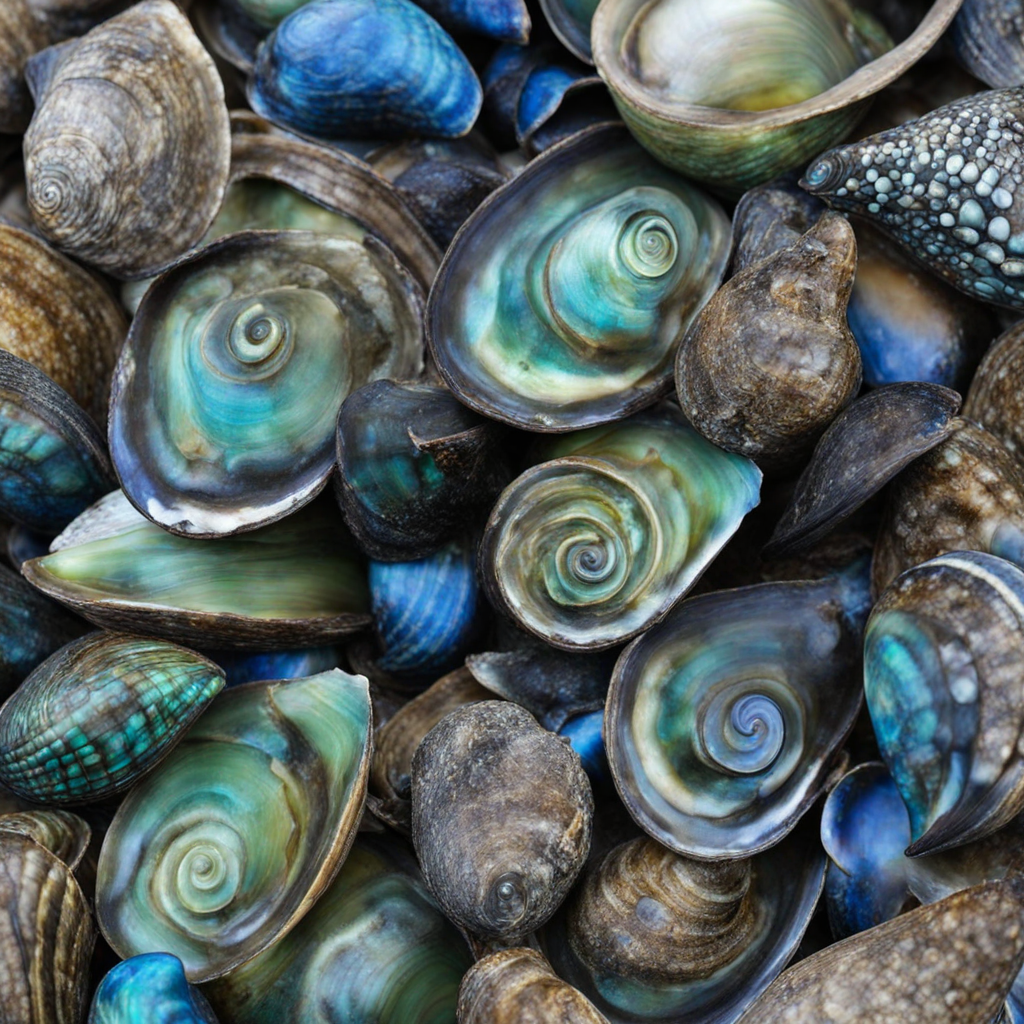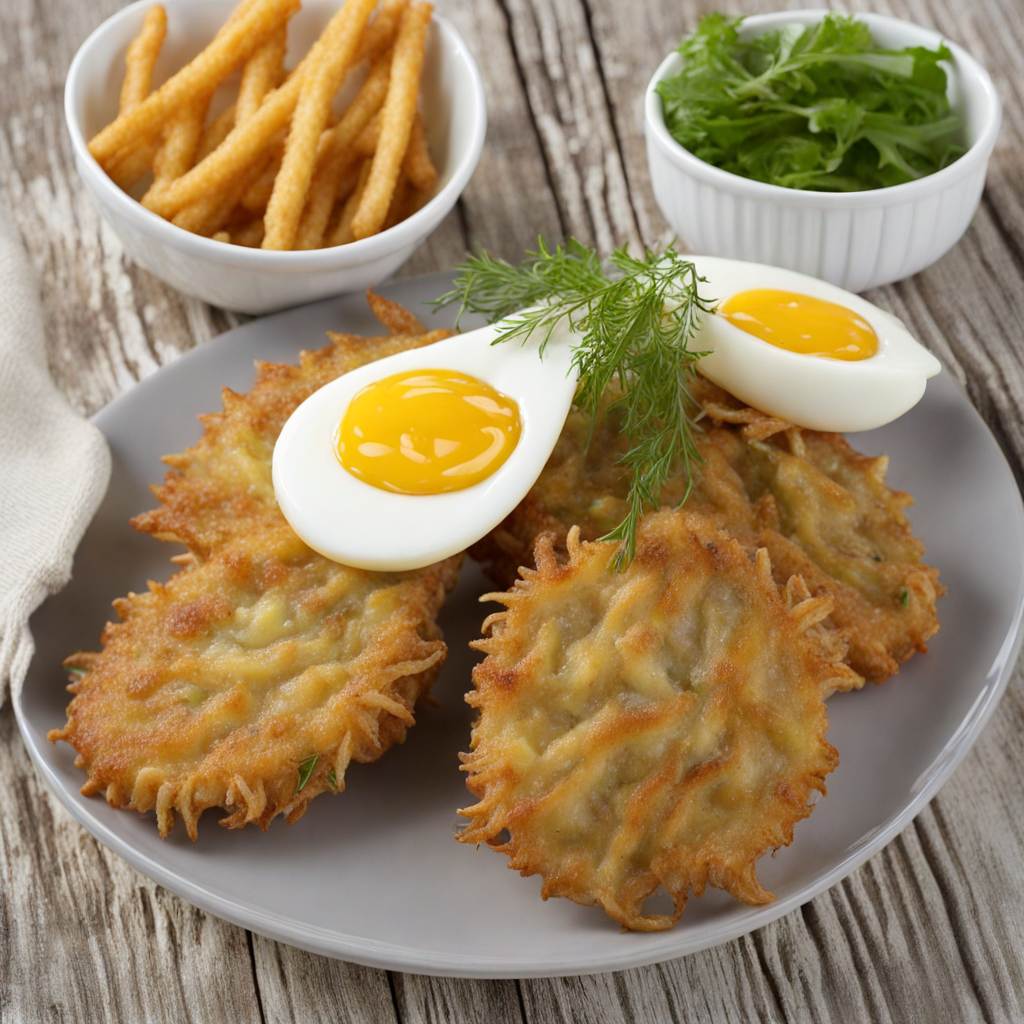Lamb Roast
Lamb Roast from New Zealand is a culinary delight that celebrates the rich, pastoral heritage of the country. This dish features tender cuts of lamb, often sourced from the lush, green pastures that New Zealand is renowned for. The lamb is typically seasoned with a blend of aromatic herbs such as rosemary, thyme, and garlic, which perfectly complement the natural flavors of the meat. The roasting process enhances the succulent quality of the lamb, creating a beautifully browned exterior while keeping the inside juicy and flavorful. As the lamb roasts, a delightful aroma fills the kitchen, drawing you in with its savory promise. The cooking method often involves slow-roasting, which allows the meat to absorb the spices and develop a depth of flavor that is truly unforgettable. Many recipes also incorporate seasonal vegetables, such as potatoes, carrots, and parsnips, which are roasted alongside the lamb, soaking up the delicious juices and adding a wholesome, earthy balance to the dish. When served, New Zealand Lamb Roast is a feast for the senses. The meat is typically sliced into thick, tender pieces, showcasing its pink, juicy interior. It is often accompanied by rich gravies or mint sauce, adding a touch of brightness to the dish. The combination of flavors, textures, and aromas makes Lamb Roast a perfect centerpiece for gatherings, evoking a sense of warmth and hospitality that is deeply rooted in New Zealand's culture.
How It Became This Dish
The History of Lamb Roast in New Zealand Lamb roast is more than just a meal in New Zealand; it embodies the spirit of celebration, community, and a deep connection to the land. This dish weaves together the threads of Māori culture, colonial history, and modern culinary practices, creating a rich tapestry that reflects New Zealand's unique identity. #### Origins: The Land and Its Sheep New Zealand's relationship with lamb can be traced back to the early European settlers. The first sheep were brought to New Zealand by Captain James Cook in 1773, but it was not until the 19th century that sheep farming began to flourish. The country's temperate climate, with its lush pastures, proved ideal for raising sheep, and by the 1850s, sheep farming had become an integral part of the New Zealand economy. The introduction of the Merino sheep breed, known for its fine wool, laid the groundwork for a sheep farming industry that would soon expand beyond wool production. The fertile landscapes of the South Island, particularly regions like Canterbury and Otago, became prime locations for sheep farming, leading to an abundance of sheep that would eventually shape New Zealand's culinary landscape. #### Cultural Significance: From Māori to Colonists While sheep farming was introduced by European settlers, the Māori had their own rich culinary traditions well before the arrival of Europeans. The Māori people primarily relied on native birds, fish, and root vegetables, but they were quick to embrace new ingredients and practices. The introduction of lamb coincided with their interest in agriculture and adaptation to new resources. Lamb roast quickly became a favored dish among both Māori and European communities. For the Māori, it was not just a meal but a way to foster social ties and celebrate community. Traditionally, the Māori would host feasts known as "hāngī," where food was cooked in an underground oven. While lamb was not a traditional component, its inclusion in these feasts symbolized the blending of cultures and the embrace of new ingredients. For European settlers, lamb roast became a staple Sunday meal, often served with seasonal vegetables and accompanied by rich gravies. The practice of roasting lamb reflects the British influence on New Zealand cuisine, where Sunday roasts were a longstanding tradition. Over time, lamb roast evolved into a quintessential part of New Zealand's culinary culture, representing both its colonial past and its modern identity. #### Development Over Time: A Culinary Evolution As New Zealand's agricultural practices improved and the sheep industry expanded, lamb roast gained popularity not only as a home-cooked meal but also in restaurants and cafés. The late 20th century saw a shift toward more diverse culinary influences, with chefs beginning to experiment with flavors and cooking techniques. The traditional roast lamb was often given a contemporary twist, incorporating local ingredients and global culinary trends. In the 1980s and 1990s, New Zealand lamb began to gain international recognition. Farmers focused on producing high-quality meat, leading to the establishment of brands like “New Zealand Lamb,” which marketed the meat as premium and grass-fed. This reputation was reinforced by the country's agricultural policies, which emphasized sustainable farming methods and animal welfare. New Zealand lamb became a sought-after export, making its way into kitchens and restaurants around the globe. #### Modern Interpretations and Global Influence Today, lamb roast remains a beloved dish in New Zealand homes, particularly for special occasions such as Christmas, Easter, and family gatherings. It is often served with classic accompaniments like mint sauce, roasted vegetables, and creamy mashed potatoes, but chefs across the country have also begun to explore innovative approaches. Contemporary New Zealand chefs have embraced global flavors, often marinating lamb in spices, herbs, and sauces inspired by Asian, Mediterranean, and Pacific cuisines. Dishes like Moroccan-spiced lamb roast or herb-crusted lamb with citrus salsa reflect the growing diversity and culinary creativity in New Zealand’s food scene. Moreover, the farm-to-table movement has gained traction, with many chefs sourcing lamb directly from local farms to highlight the quality and flavor of New Zealand's produce. This trend not only celebrates the natural environment but also fosters a connection between consumers and the land, emphasizing the importance of sustainability and ethical farming practices. #### Significance in New Zealand Identity Lamb roast is more than just a dish; it is a reflection of New Zealand's identity, representing a harmonious blend of Māori and European influences. It serves as a reminder of the country’s agricultural roots and the importance of community and family in New Zealand culture. The act of gathering around a beautifully roasted lamb is symbolic of togetherness and shared experiences, fostering a sense of belonging and nostalgia. In recent years, the New Zealand government and various organizations have sought to promote the country’s culinary heritage, emphasizing lamb as a key part of that narrative. Events like “Lamb Day” celebrate the role of lamb in New Zealand’s food culture, showcasing recipes, cooking techniques, and the stories behind this cherished dish. #### Conclusion The history of lamb roast in New Zealand is a testament to the country's agricultural prowess, cultural diversity, and evolving culinary landscape. From its origins with early settlers to its significance in modern kitchens, lamb roast has become a symbol of tradition and innovation. As New Zealand continues to celebrate its heritage while embracing global influences, lamb roast will undoubtedly remain a staple on dining tables, uniting families and communities in the enjoyment of good food and shared stories. Whether served in a humble home or a gourmet restaurant, the aroma of a perfectly roasted lamb will always evoke a sense of connection to the land and its history.
You may like
Discover local flavors from New Zealand







